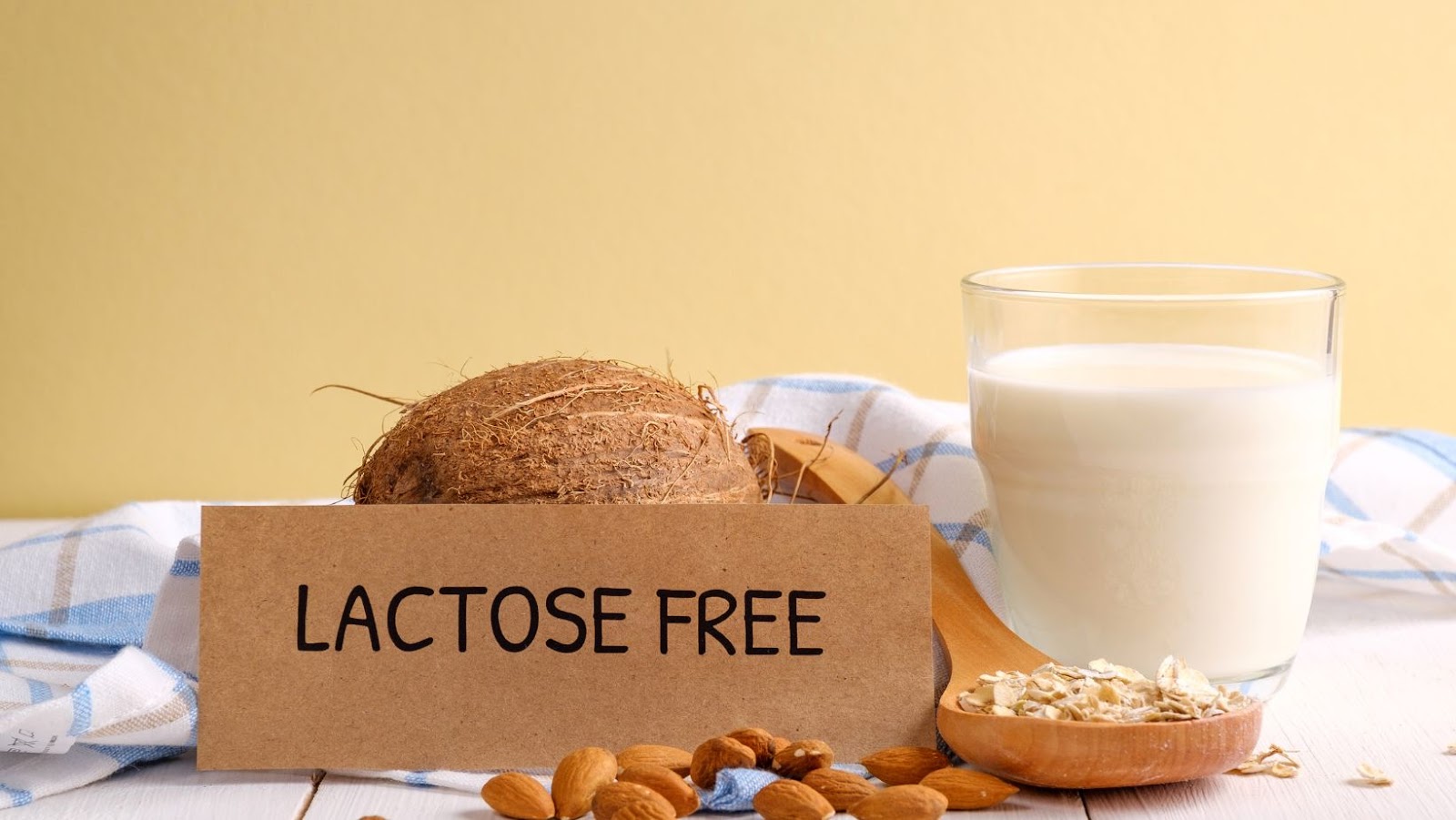
Keto for Lactose Intolerant
Living with lactose intolerance can often feel like you’re walking a dietary tightrope. Trust me, I know the struggle all too well. You constantly have to watch what you eat and that delicious dairy product could turn into your worst nightmare. Now throw in a ketogenic diet into the mix – a regime high in fats and low in carbs – and it seems like an impossible task, right? Wrong! It’s entirely possible, and I’m here to tell you how.
I’ve always been one for debunking myths around diets and today, we’re tackling keto for those of us who are lactose intolerant. The general perception is that most keto-friendly foods are heavy on dairy which makes this diet seem off-limits for people with lactose intolerance. But let me reassure you; there is more than one way to go about a keto diet.
Let’s dive right into it! First things first: understanding that keto isn’t synonymous with dairy. Yes, many traditional keto recipes use ingredients like cheese or butter but they aren’t the be-all-end-all of this high-fat, low-carb lifestyle. There are plenty of non-dairy foods (think avocados or coconut oil) packed with healthy fats that fit perfectly within the parameters of a ketogenic diet. So don’t worry; while navigating keto as someone who’s lactose intolerant might require some extra thought, I promise it’s not only doable — it can be downright delicious too!
Understanding Lactose Intolerance
Let’s dive right into the heart of the matter – lactose intolerance. It’s a common digestive disorder where your body can’t digest lactose, a type of sugar found primarily in milk and dairy products. When you’re lactose intolerant, consuming dairy can lead to uncomfortable symptoms like bloating, diarrhea, and gas.
I’m sure you’re wondering: why does this happen? Well, our bodies need an enzyme called lactase to break down lactose. People with lactose intolerance have insufficient levels of this enzyme. So when they consume dairy, instead of being digested properly, the undigested lactose moves into the colon where it interacts with gut bacteria. This interaction causes all those unpleasant symptoms I mentioned earlier.
Now let’s look at some hard facts here:
| Lactose Intolerance Statistics | |
| U.S adults affected by Lactosis Intolerance | Approximately 65% |
| Most common among people of East Asian descent | About 90% |
As surprising as these numbers may be, it makes sense when you think about human evolution. Our ancestors didn’t rely on cow’s milk for nutrition after infancy – so there was no need for them to continue producing the enzyme that breaks down lactose.
But it isn’t all doom and gloom! While dealing with lactose intolerance might seem challenging (especially if you’re a cheese lover), there are plenty of alternatives available now. Foods like almond milk or coconut yogurts are just as delicious and won’t cause any distressing digestive problems.
There’s also hope for those who don’t wish to give up dairy entirely! Some individuals find they can tolerate small amounts of certain types of dairy products without any issues. For instance, aged cheeses like cheddar and Swiss contain less lactose than other types because much of their original content is lost during the aging process.
In the end, it’s all about understanding your individual tolerance level and making dietary adjustments accordingly. And that’s exactly where a diet plan like keto can be truly beneficial! But we’ll dive into that in the next section… Stay tuned!

